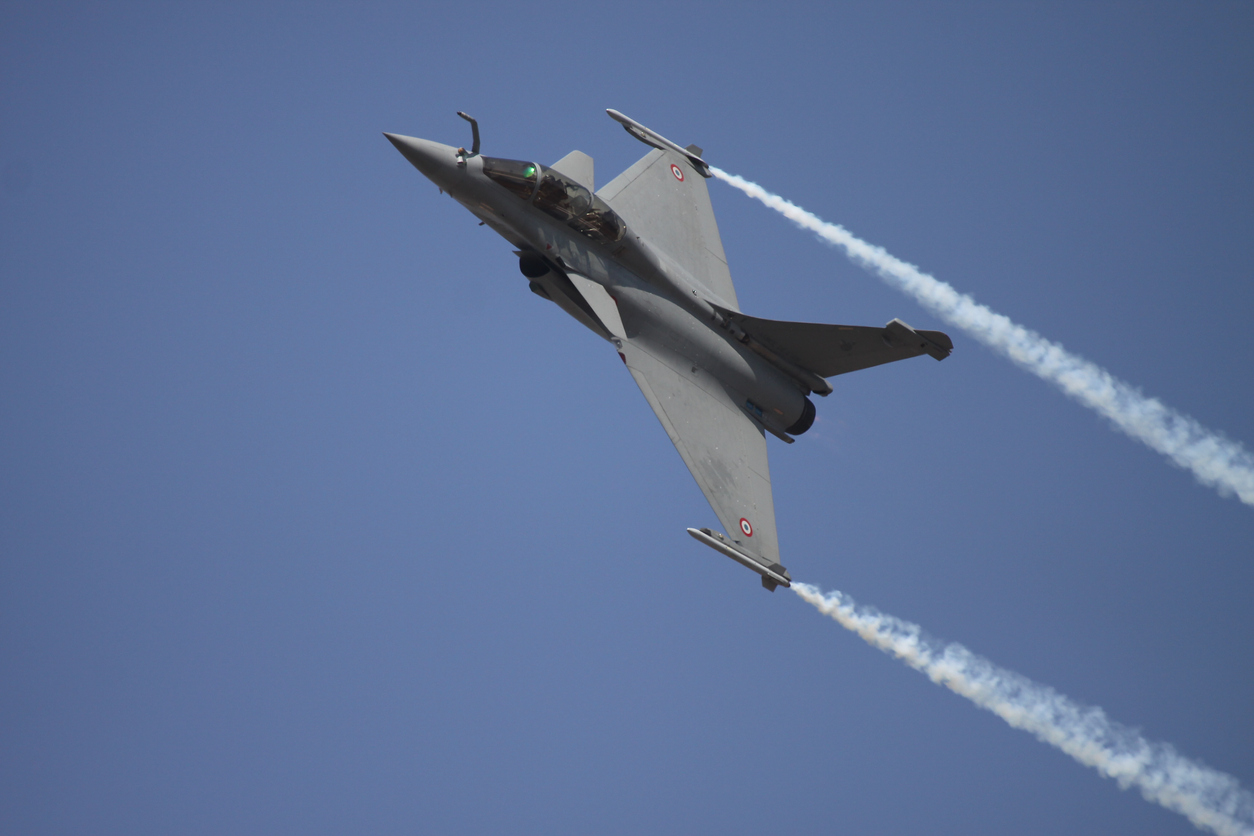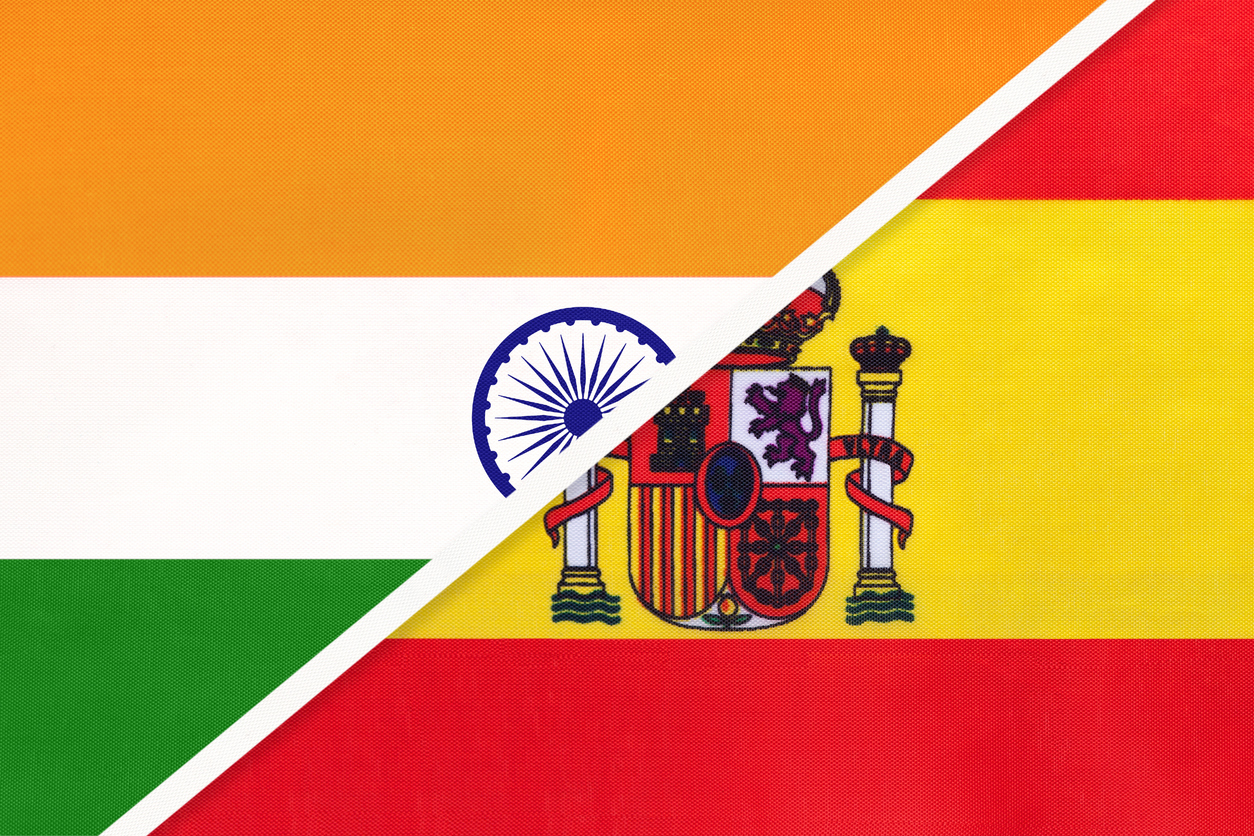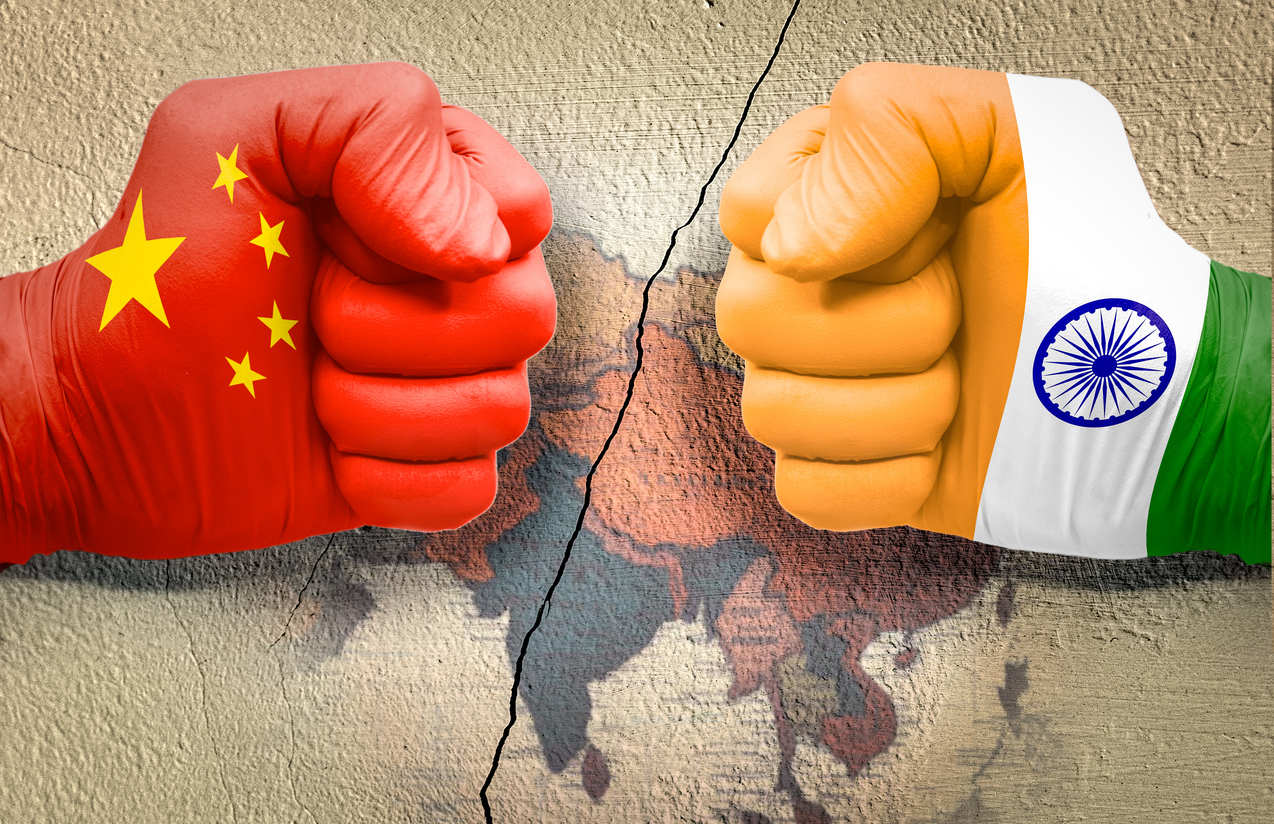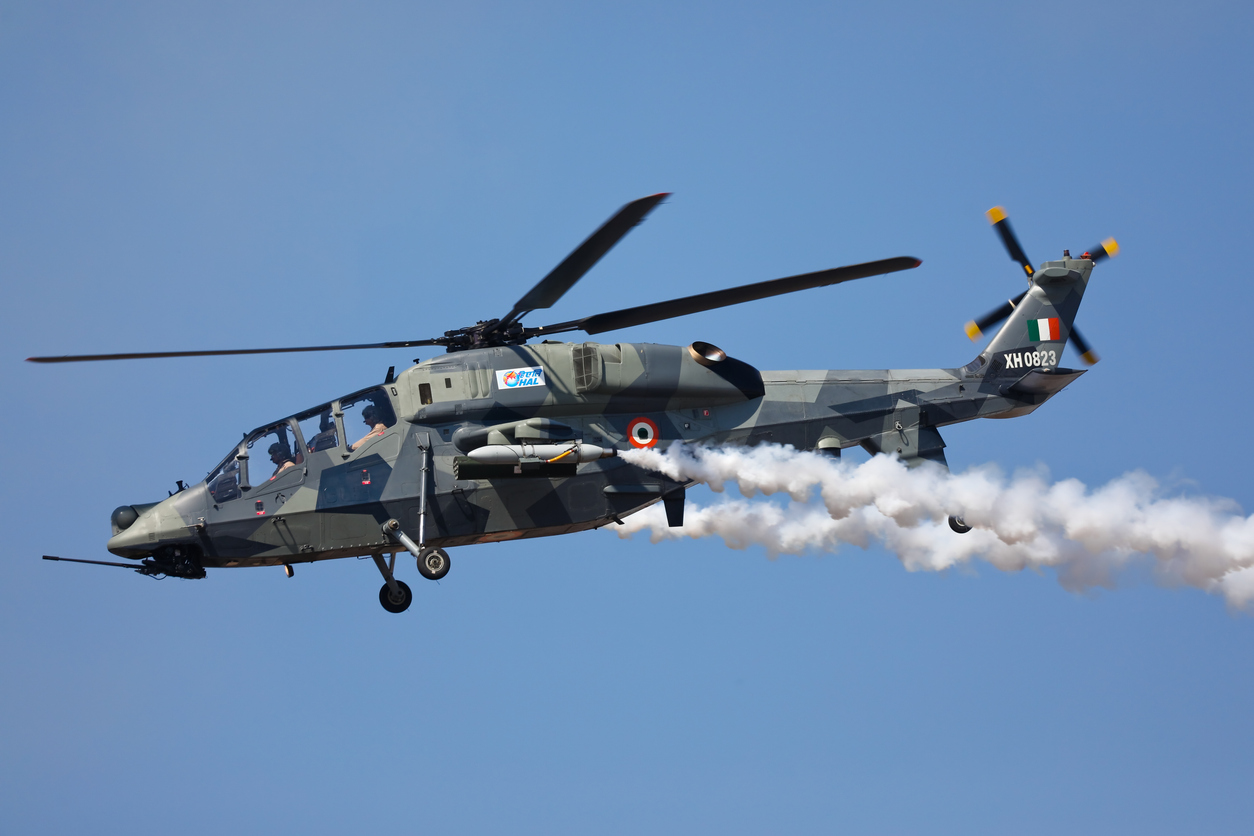
ZORAWAR-INDIA’S LIGHT TANK: IS IT ENOUGH?

India has rolled-out Zorawar, described as Armoured Fighting Vehicle- Indian Light Tank (AFV-ILT) for trials and evaluation. The tank has been developed in fast-track mode in three odd years, after PLA fielded light tank and deployed them in Doklam in 2017 and in the ongoing unresolved imbroglio in Ladakh in 2020. Tank is named after the legendary, Dogra General, Zorawar Singh renowned for extending Sikh empire to Ladakh in 19th century. Implied in the name, is reiteration of Indian resolve as also confidence in growing defence manufacturing eco-system. The project has been mentored by DRDO and has utilised facilities and assembly line, developed by L&T for K-9 Vajra Self-Propelled gun system at Hazira (Gujarat). Vajra has been developed in collaboration with South Korean, Hanwaha-Techwin. Zorawar (1.0) integrates available indigenous systems with Belgian, Cockerill turret with Cummins (750 HP) power-plants, sourced from USA. The original plan was for MTU engines (1,000 HP) from Germany, which are not available due to closing of German assembly line. The plan should be to graduate to various variants in series like- 1.1; 1.2 and so on to make it both local (in content) and more potent with product improvement, to face ever growing contemporary challenges.
Appraisal-PLA Light Tank
It will be appropriate to take stock of the trigger, which has catalysed this development. China added considerable versatility to its mechanised fleet by fielding a light tank, ZTQ-15 also referred to as Type 15 or Xinquingtan. It is essentially, a lighter, medium tank with weight of around 34 tonnes, amounting to sort of hybrid between medium and light tanks. Classically, light tanks are generally in sub-30 tonne class, ideally 25 tonnes, with Power to weight ratio (PWR) between 30 to 35. German, Marder, weighing 28 tonnes had to use skirts to float. Type-15 has been fitted with extra wide tracks to offset additional weight and reduce Nominal Ground Pressure (NGP). PWR and NGP are key enablers for agility and traffic-ability in marginal terrain. Most countries have utilised air-portability and floatation as key attributes. To that extent, PLA tank is essentially sort of compromise solution, especially in terms of protection, fire power and mobility. Tank at best can wade or ford through but is not capable of floatation. However, it is relevant that most streams in Tibet can be negotiated without floatation.
Type 15 has been utilised in heavy droppings, giving it as an edge for utilisation in quick reaction forces. PLA has used it in multiple scenario-based exercises for capturing passes. This tank was introduced in 2017 and 40 tanks have been supplied to Bangladesh, with 140 more in pipeline. The main features of this tank are 105 mm rifled guns and 1000 HP engine. Type 15 though hyped as game changer is neither really light nor replacement for medium tanks, certainly not panacea. In keeping with Chinese reliance on incremental or evolutionary designs, tank is follow-up and replacement for antiquated Type-62 tanks.
Brief History- Indian Light Tanks
As is well known, we currently don’t have a light tank on our inventory. Historically, light tanks had defining and iconic role in 1947 operations, when Stuart tanks were inducted across Zojila to stem raiders. AMX-13 were again utilised in Chusul during 1962. We had Stuarts, Shermans, AMX-13 and assorted armoured cars in 1965 and earlier operations till 70s. Russian PT-76 tanks, replacement of older light tanks proved their mettle in 1971 operations. Light tanks have their utility in reconnaissance, scouting and out of area contingencies including peace keeping operations. They can also be utilised in riverine, creeks/marshy back waters, island territories and coastal areas besides high-altitude terrain. In our context, tank has utility in Ladakh, Sikkim, Siliguri Corridor, Rann of Kutch, amphibious, reconnaissance and peace-building roles. Light tanks, if applied audaciously and with imagination for reconnaissance in force, can open up possibility for Quid Pro Quo (QPQ) operations.
Quest For Replacement of Light Tank
After de-induction of PT-76 tanks in 1989, which I was privileged to crew, half-hearted attempts to find replacement were made including trials of Brazilian- Uruthu; British- Scorpion and French light tank in late 80s. Formalised RFI for 200 wheeled and 100 tracked light tanks was promulgated again in 2009 as part of build up for Mountain Strike Corps. Major specifications were 22 tons with gun calibre between 105 to 120 mm. Wheeled variant was to be 8×8 or 6×6 configuration. However, this RFI was retracted. Concurrently, DRDO has experimented with certain variants, utilising BMP chassis with 105 mm gun as also French GIAT TS-90 chassis. Even certain private manufacturers like TATA, Mahindra, Bharat Forge and DPSUs/Ordnance factories have produced prototypes in both wheeled and tracked versions of protected platforms, finding limited but belated traction, like fielding of Bharat Forge-M-4 and Mahindra-LBPV.
Options and Current RFI
Scan of global inventory generated few options ranging from eight wheeled Stryker variants, which were tried out in Yudh-Abhyas series of joint exercises. These were pushed rather persistently by USA, for acquisition through FMS route, but not found suitable. Russia has 2S25 Sprut-SD light tank, weighing 18 tonnes, with 125 mm SB (low pressure) gun and PWR of 28.3 HP/Tonne. These tanks have also been air dropped in exercises; however, Russia has hesitated in fielding them in the ongoing Ukranian conflict. Israeli Sabrah tank is in keeping with her protection-oriented philosophy and weighs 55 tonnes and only suited for desert terrain. The most viable line of development is to utilise expertise gained in production of K-9 Vajra SP gun. This is aligned with S Korean, K21-105 Hanwaha tank. This tank is joint production endeavour with Belgian, John Cockerill Defence. Prima-facie, it can be tweaked to meet most RFI parameters, thereby adhering to stipulated deadline.
India has projected requirement for 364 light tanks on fast-track basis. This would translate to six to seven regiments depending on equipping norms. DRDO is slated to manufacture 59 tanks. The rest 295 will be manufactured under the Make-I category. Selection of development partner would be after competition, where Zorawar will also participate. It will have crew of three, implying fitment of auto-loader. Besides main gun, platform will have machine guns to combat terrestrial and aerial threats. There is also stipulation for third generation ATGM, preferably fired from gun tube. The tank must be equipped with an active protection system (APS); explosive reactive armour (ERA); offensive and defensive electronic countermeasures (ECM); missile warning system; nuclear, biological, chemical (NBC) protection; 360° day-and-night cameras; a battle management system (BMS); and a hybrid navigation system. User is even is looking for captive drone launching and counter-drone capability. Tank, reportedly will have special tracks to minimize damage to fragile communication arteries, which are at a premium in such terrain.
Is Zorawar Enough ?
The most important paradigm of mechanized warfare emphasised in recent conflicts is that tank is just a part, albeit an important one in combined arms and logistics system. It certainly is not the silver-bullet, it’s vulnerability against top-attack delivered by drones, loitering munitions and ATGMs has even prompted many to question its continued utility. Hence, it is important to reiterate that we need optimized mix of medium and light tanks supported by other platforms like ICVs, guns, AD for mitigating drone and aerial threats, combat support and logistics with matching mobility. Light Tank will have to fight as part of combined arms matrix. Concurrently, there is imperative criticality to upgrade existing power-packs in T-72s and BMPs to compensate for de-rating of engine output, due to rarefied atmosphere. It is relevant to state that based on article and projections by author and few others in 2020-21, K9 SP gun has been fielded in Ladakh after high-altitude hardening.
Inevitably, in our development, there is worrying quest by the user to pitch for more features, leading to cascading delays, cost over-runs and design rebalancing. It will be prudent if user scales down aspirations and scales them at appropriate scale. Can drone launching capability limited to one AFV per squadron and structured on the support platform of Armoured Recovery Vehicle? Similarly, missile launchers can be scaled and optimized at suitable level. It is also recommended that developers should develop basic variant, with flexibility to strap-on customized add-ons. One such contraption could be cage like contraption with Slat and Spaced armour. Modernization, in terms of Active Protection System (APS), anti-drone measures and rubberized tracks could be incorporated later. The key challenges are developing indigenous engine of 1,000 HP and turret system. Most importantly, overriding parameter is, ownership of not only TOT from foreign partners but also ‘know-how’ and ‘know-why’ through co-development under Atma-Nirbhar route. Another challenge is to boost protection level as light tank has only basic protection and relies on agility, low signature and support by other accompanying platforms like medium tanks. One suggested line could be to develop composite armour with low density ceramics and metals/alloys, for optimising protection suite.
Way Forward
• First and foremost, requirement is to build a versatile family of ‘A’ vehicles with optimum mix of medium and light tanks with customised support equipment. Consequently, there is urgent need to fast track development process for light tanks in time-bound manner.
• Secondly, we need to find partners and achieve indigenisation and joint production.
• Thirdly, existing fleet of medium tanks in high altitude areas needs to be modernised, most importantly by upgrading their power packs.
• Fourthly, ageing ICVs should be given much needed up gradation package including power pack and better protection system.
• Fifthly, an eco-system for garages, training and sustenance should be set up in these areas.
• Sixthly, infantry should be provided with protected high mobility vehicles.
• Seventhly, commonality of platform should be attempted to reduce logistical challenges.
Disclaimer
The opinions expressed in this article are the author’s own and do not reflect the views of Chanakya Forum. All information provided in this article including timeliness, completeness, accuracy, suitability or validity of information referenced therein, is the sole responsibility of the author. www.chanakyaforum.com does not assume any responsibility for the same.
Chanakya Forum is now on . Click here to join our channel (@ChanakyaForum) and stay updated with the latest headlines and articles.
Important
We work round the clock to bring you the finest articles and updates from around the world. There is a team that works tirelessly to ensure that you have a seamless reading experience. But all this costs money. Please support us so that we keep doing what we do best. Happy Reading
Support Us





















POST COMMENTS (0)